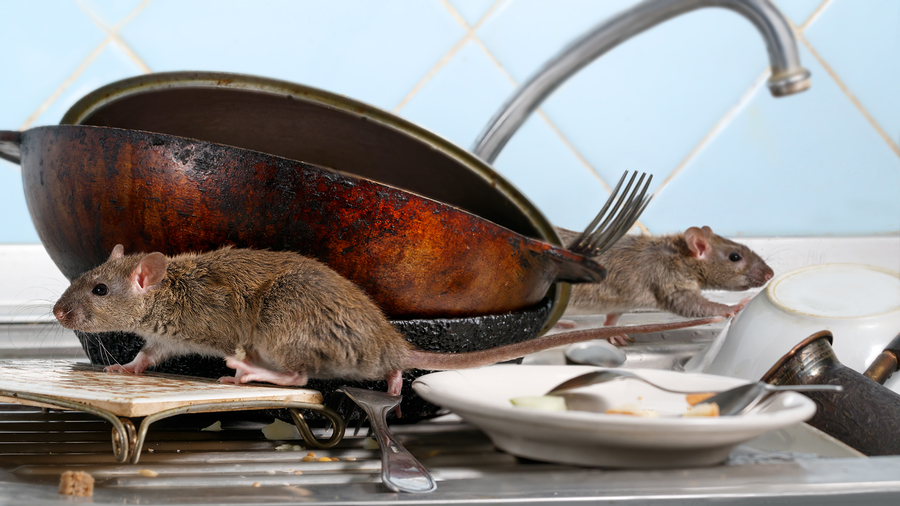How to seal the house from rats
 Though rats are larger than their smaller rodent cousin, the mouse, they can still fit into almost any area a mouse can. Rodents have been known to squeeze through holes the size of a nickel.
Though rats are larger than their smaller rodent cousin, the mouse, they can still fit into almost any area a mouse can. Rodents have been known to squeeze through holes the size of a nickel.
Signs of an infestation
Depending on the layout of your home (ie, if you have a basement or a wooden farm-style house) you may be more vulnerable to rats entering your home. Rodents can enter a home no matter how old or new it is, so it’s important to stay vigilant for signs of an infestation.
Many people realize they have a rat problem when the rats have already entered and can be heard in an attic or scratching inside walls. Sometimes, rats are first discovered when electrical wiring or pipes are chewed and damaged. It can also be quite alarming to walk into a kitchen or pantry and find your food storage has been raided by rats.
If you suspect you may have rats but have not actually seen one, you may notice other signs like brown smudges on walls or other surfaces. This is caused by rat feces and the dirt they carry on their fur as they rub against these surfaces. Often the first sign is the presence of rat droppings in drawers, cabinets, and other places in the home.
Once you determine you have a rat problem, it is important to seal off any entry points in your home. After your home is secure, you can make a plan to trap the rodents.
Five Common Entry Points To Check:
The best way to take on a rat infestation is to keep them from entering your home in the first place. Did you know rats can squeeze through a hole 3/4 inch in diameter? These are the most common ways rodents enter a home:
1. Cracks in Walls
Inspect the exterior of your home and look for any potential entry points. Fill small holes with caulk and use steel wool or waterproof sealant to block larger entry points.
2. Vents
Many vents can have openings large enough for a rat to squeeze through. Rats can also squeeze through any gaps left around the vent opening. Cover vents securely with metal screening.
3. Gaps around windows
Rats can easily enter through small gaps or cracks around windows. Seal any openings and check your window screens for holes.
4. Holes in the roof
If you suspect you have rats in your attic, it’s a good idea to have your roof checked for openings. Rats can often enter through small gaps created by the room corner intersection. They can also chew ridge cap plugs. Any holes should be blocked with a waterproof sealant.
5. Chimney
A chimney is an easy target for a rat looking for food and warmth. If you have rats in your chimney, have it professionally cleaned to be sure there are no nesting materials present. A chimney grate or cap can be installed to help deter rats.
Rats can quickly become unwelcome guests in your home if they find the opportunity. In addition to the number of diseases they carry, they also cause extensive damage to your home and property so it’s vital to have a professional home inspection if you suspect rodent activity. Contact Eagle Pest Services for all your pest needs.




